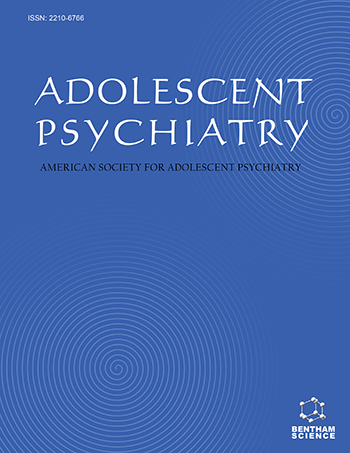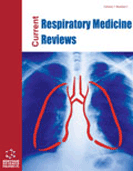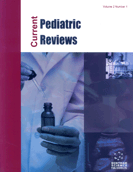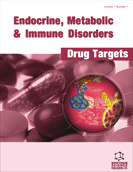Abstract
Objective: The Portland [Maine] Identification and Early Referral (PIER) program was established in 2000 as a prevention system for identifying and treating adolescents and young adults at high risk of an initial psychotic episode. Community outreach and education to targeted groups was the primary method for identification.
Methods: Community outreach and education is defined as any activity designed to inform key audiences about the importance of and methods for early detection and intervention of psychosis in adolescents and young adults. PIER program staff presented information on the early warning signs of psychosis and how to make a referral to target audiences within a young person’s social network.
Results: Community outreach resulted in the referral of 780 youths who met demographic criteria, yielding 404 cases that were deemed sufficiently at risk to be eligible for formal assessment. After screening and assessment by PIER staff, 37% of community referrals were found to be at high risk for psychosis, and another 20% had untreated psychosis, yielding a correct-referral efficiency ratio of 57%. In addition, community educational presentations were significantly associated with referrals six months later.
Conclusions: In its efforts to create a system of early identifiers for young people at the beginning stages of mental illness, the PIER program has developed a new model for community health education that has shown that it is possible to engage community members in the identification of adolescents and young adults who are experiencing the early symptoms of a psychotic disorder.
Keywords: Clinical high-risk, community education, community outreach, early intervention, family intervention, indicated prevention, public health, prodromal psychosis, psychosis, schizophrenia



























